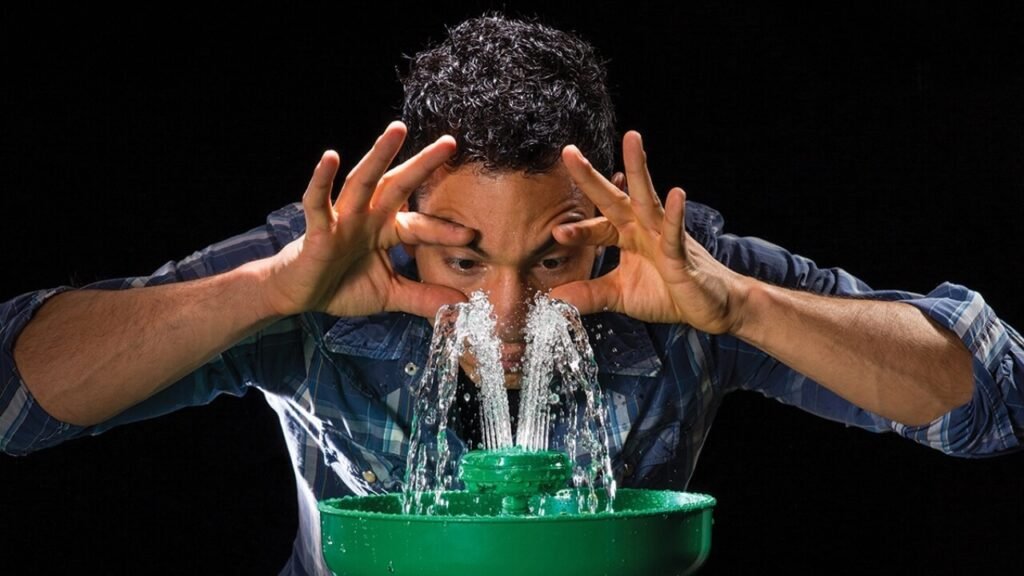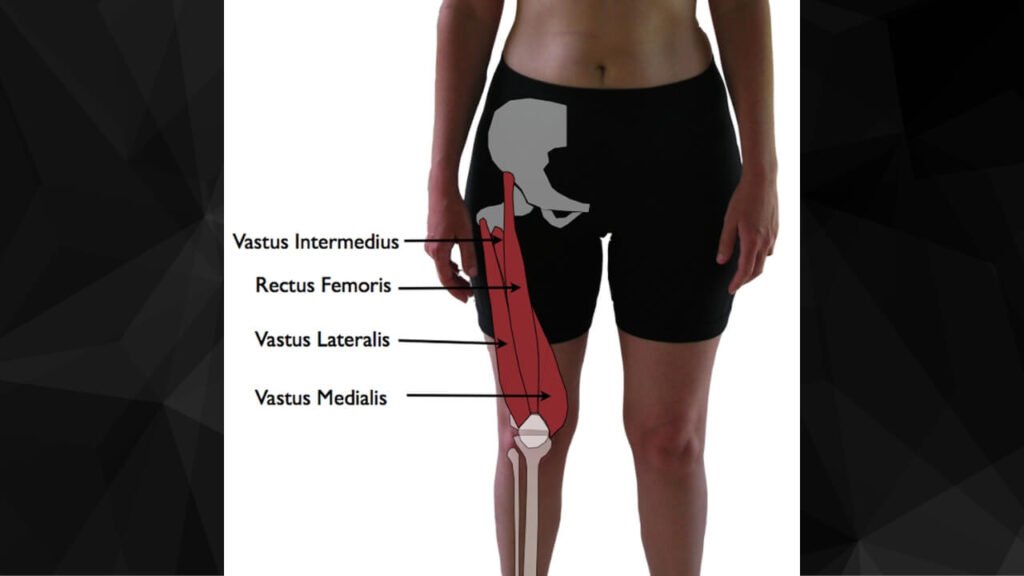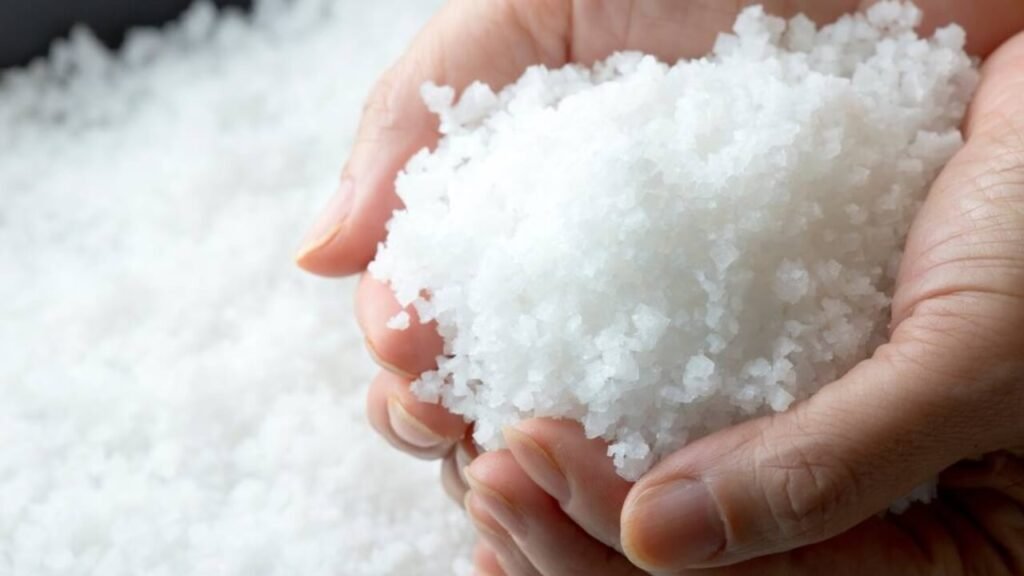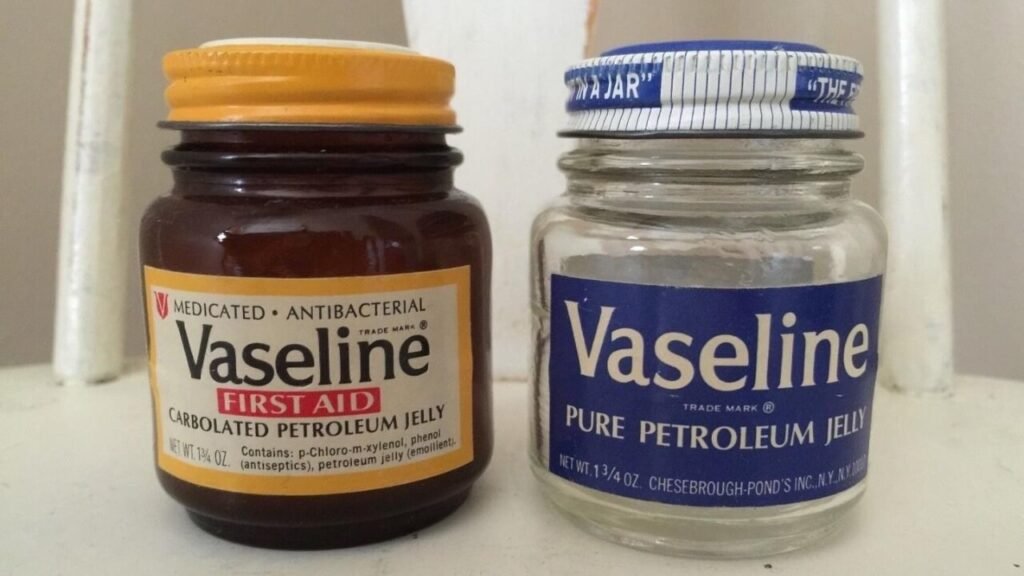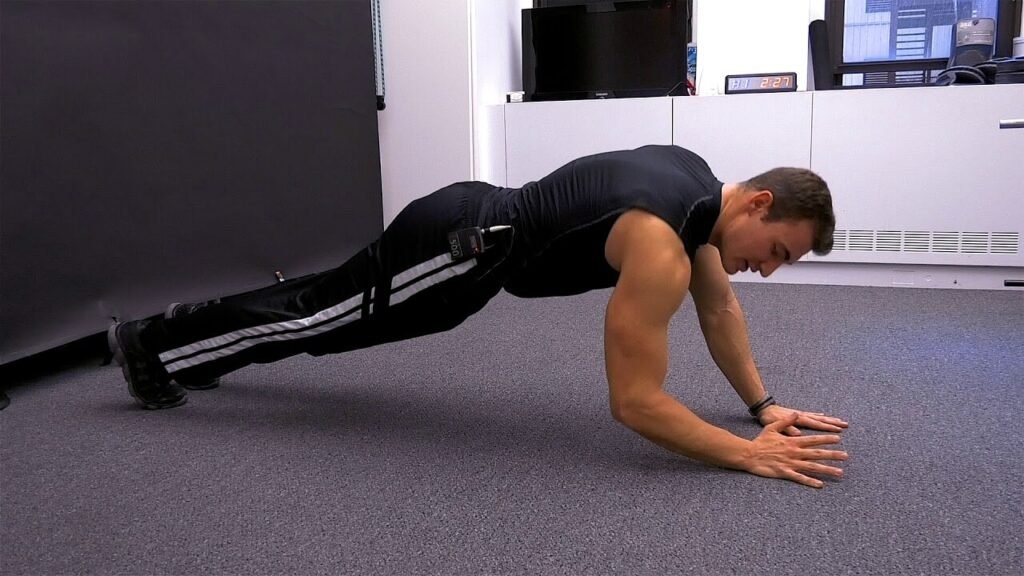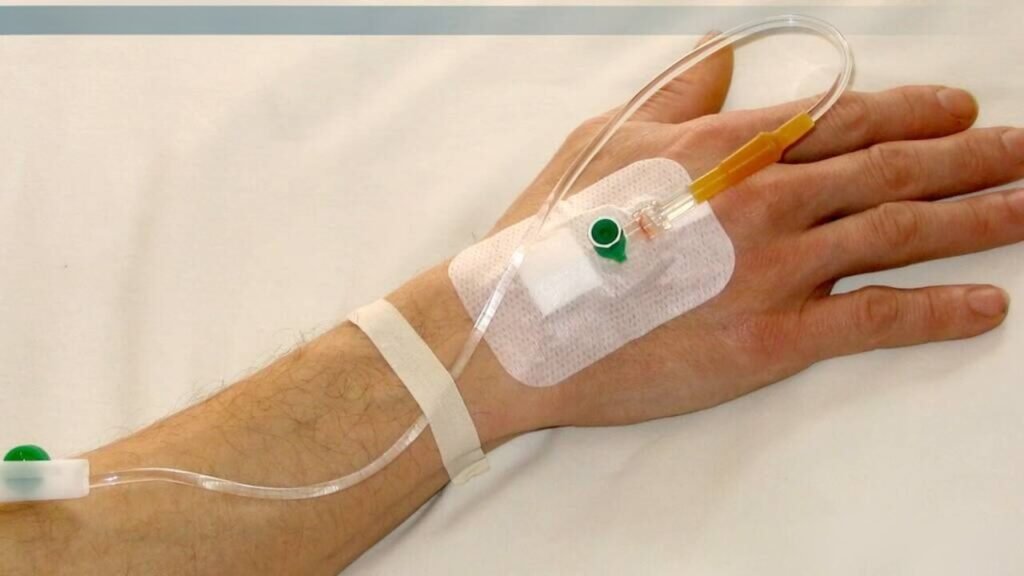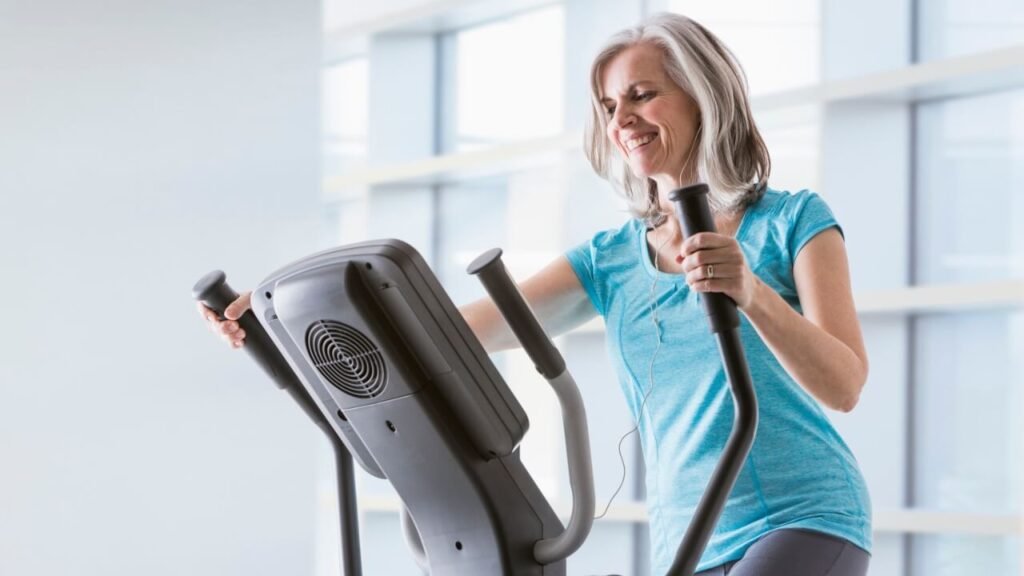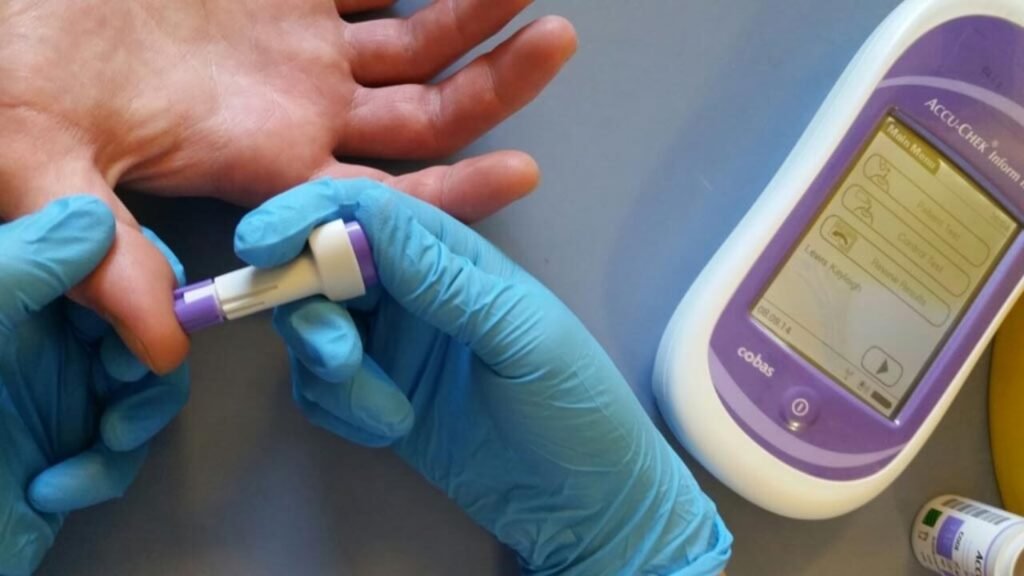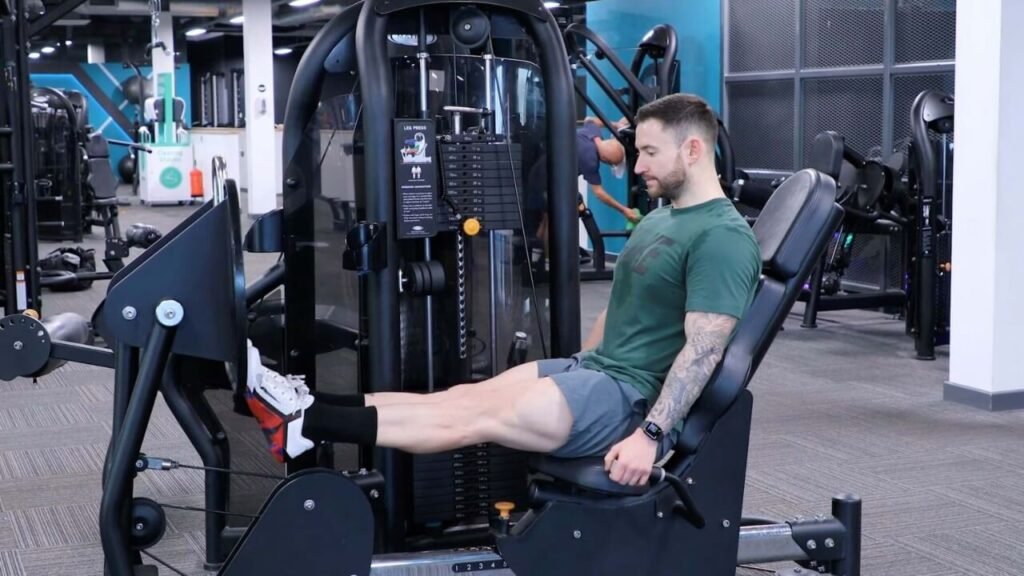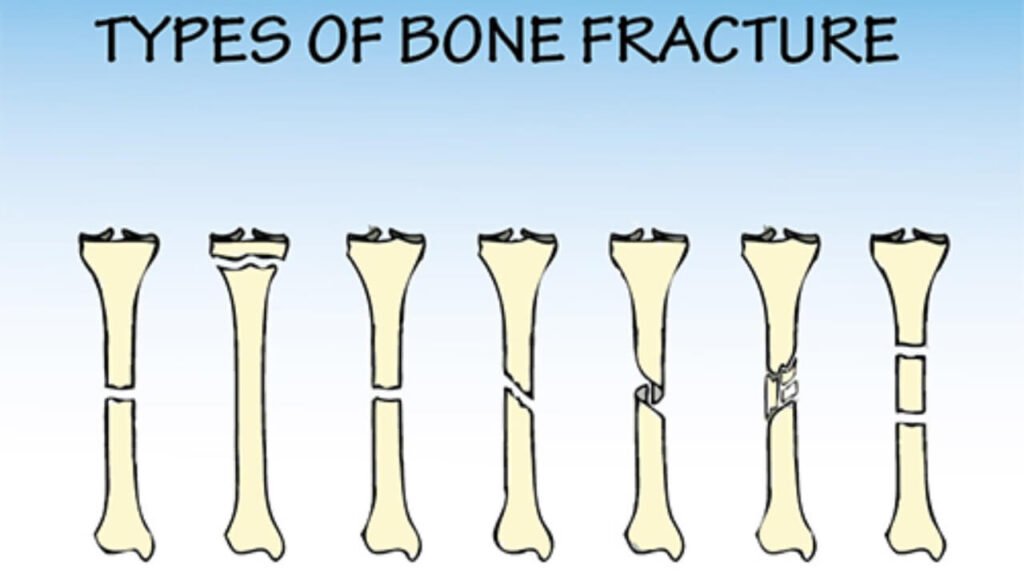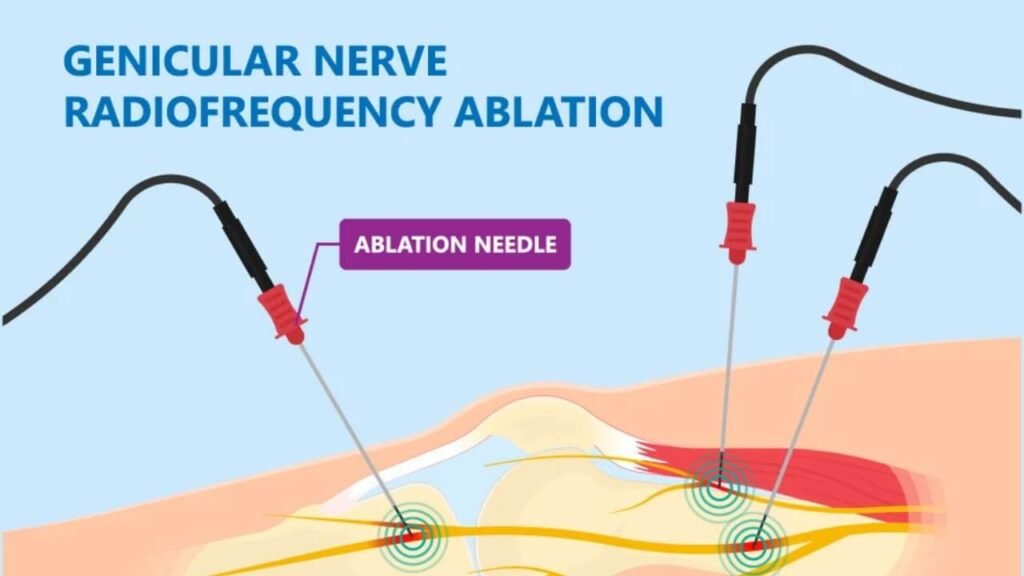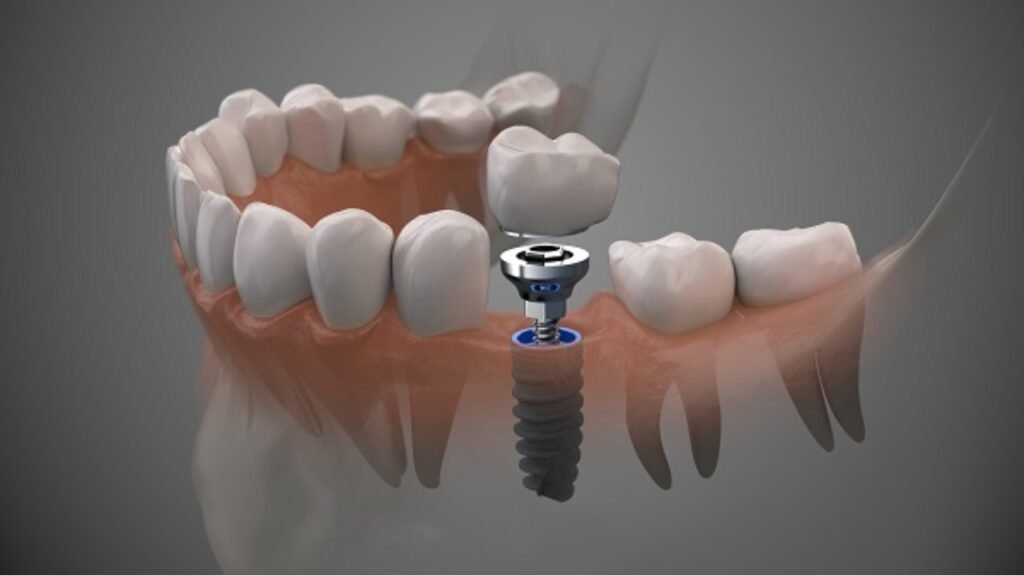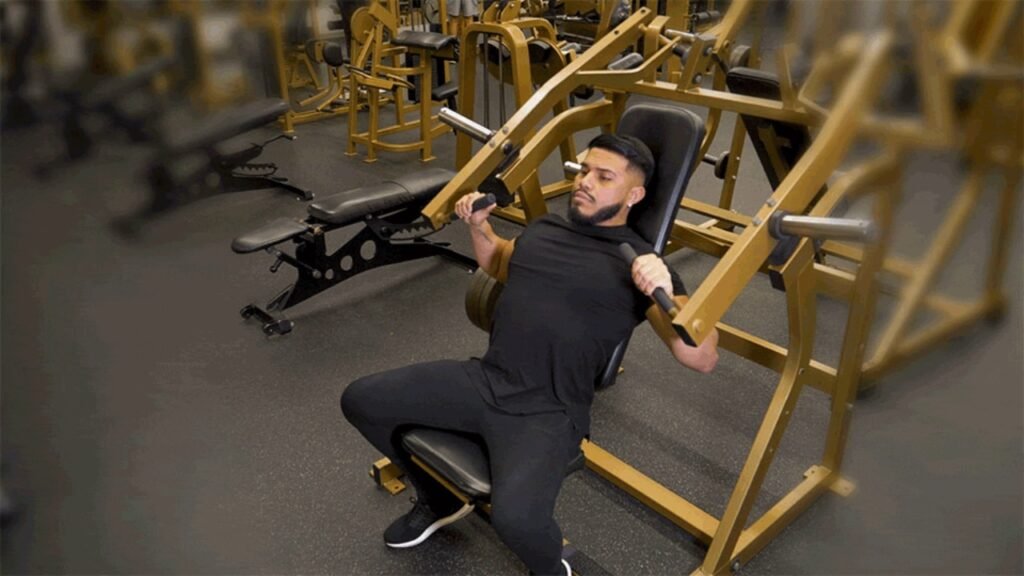Meniscus Tear Exercises:Shocking Secret Revealed

A meniscus tear can be a painful and debilitating injury that affects mobility and quality of life. For individuals who are active or engage in sports, this injury can feel like a major setback. However, with the right approach, including specific meniscus tear exercises, you can accelerate recovery and regain strength in your knee. Whether you’re recovering from surgery or dealing with a non-surgical tear, understanding which exercises are effective can help you manage pain, improve knee function, and prevent further injury. In this article, we will explore the most effective exercises for meniscus tears, how they promote healing, and the best practices for rehabilitation.
What is a Meniscus Tear?
A meniscus tear refers to damage to the meniscus, which is the cartilage in your knee that provides cushioning between the thigh bone (femur) and the shin bone (tibia). This cartilage helps to absorb shock and stabilize the knee joint during movement. A tear in the meniscus can occur due to a sudden twist or turn of the knee, especially during physical activities that involve heavy impact, such as running, jumping, or sports like basketball and soccer. It can also result from gradual wear and tear over time, especially in older individuals.
When the meniscus is torn, it can lead to pain, swelling, and difficulty moving the knee. In some cases, the tear can be managed with physical therapy and exercises, while in other cases, surgery may be necessary to repair the damage. Regardless of the treatment plan, meniscus tear exercises are crucial for restoring knee function and preventing long-term complications.
The Role of Meniscus Tear Exercises in Rehabilitation
The key to recovering from a meniscus tear lies in strengthening the muscles around the knee, improving flexibility, and regaining joint stability. Meniscus tear exercises can help reduce pain, prevent stiffness, and encourage the healing process by increasing blood flow to the affected area.
Strengthening Exercises for Meniscus Tear Recovery
One of the primary goals of rehabilitation after a meniscus tear is to strengthen the muscles surrounding the knee joint, particularly the quadriceps, hamstrings, and calf muscles. Strong muscles help support the knee and reduce stress on the meniscus, which can help prevent further damage.
Quad Sets:
Quad sets are one of the simplest yet most effective exercises to activate the quadriceps and support knee stability. To perform a quad set, sit on the floor with your leg extended straight in front of you. Tighten your thigh muscles by pressing the back of your knee down towards the floor. Hold for 5-10 seconds, then relax. Repeat this exercise 10-15 times, and gradually increase the duration as you progress.
Straight Leg Raises:
Straight leg raises help strengthen the quadriceps without putting excessive strain on the knee. Start by lying flat on your back with one leg bent and the other straight. Slowly lift your straight leg to the height of your bent knee, keeping your leg straight and engaging your quadriceps. Hold for a few seconds and then lower it back down. Perform 10-15 repetitions on each leg.
Hamstring Curls:
Hamstring curls target the muscles at the back of the thigh. To perform this exercise, stand and bend your knee, bringing your heel towards your buttocks. Hold for 5 seconds, then slowly lower your foot back to the ground. For added resistance, use an ankle weight. Perform 10-15 repetitions on each leg, increasing the resistance as you gain strength.
Wall Sits:
Wall sits are an excellent way to build strength in the quadriceps and improve endurance. Stand with your back against a wall and slide down until your knees are bent at a 90-degree angle. Hold the position for 15-30 seconds, gradually increasing the duration as your strength improves. Be sure to keep your knees in line with your toes throughout the exercise.
Flexibility and Range of Motion Exercises for Meniscus Tears
Improving flexibility and range of motion is another crucial aspect of rehabilitation. Tight muscles around the knee can limit the movement of the joint and contribute to pain and stiffness. Gentle stretching exercises can help restore normal movement patterns and reduce discomfort.
Hamstring Stretch:
To stretch your hamstrings, sit on the floor with one leg extended in front of you and the other leg bent. Slowly reach forward towards your extended foot, keeping your back straight. Hold the stretch for 20-30 seconds and repeat on the other leg. This stretch helps to release tension in the back of the thigh and improve flexibility.
Calf Stretch:
To stretch the calf muscles, stand with your hands against a wall and one foot forward and one foot back. Keep your back leg straight and press your heel into the floor, feeling the stretch in your calf. Hold the stretch for 20-30 seconds, then switch legs. Regular calf stretches can reduce stiffness and improve overall knee mobility.
Knee Flexion and Extension:
This simple exercise helps improve knee’s range of motion. Sit on the floor with your legs extended. Gently bend your knee, bringing your foot towards your body, and hold for a few seconds. Then slowly extend your leg back out straight. Perform 10-15 repetitions, ensuring you don’t force the motion.
Low-Impact Exercises to Maintain Mobility
Low-impact exercises are essential during the recovery phase because they provide cardiovascular benefits without putting undue stress on the knee joint. These exercises help maintain overall fitness while promoting healing.
Swimming:
Swimming is a fantastic low-impact exercise that allows you to work on your strength and flexibility without stressing your knee. The buoyancy of the water reduces the pressure on your knee, making it an excellent option during rehabilitation. Focus on gentle strokes, such as the backstroke or breaststroke, to engage your upper body while allowing the knee to recover.
Cycling:
Cycling, whether on a stationary bike or the road, is another great low-impact exercise. It promotes knee movement and strengthens the quadriceps and hamstrings without the jarring impact of running. Start with short sessions and gradually increase the duration as your knee becomes stronger.
Elliptical Machine:
The elliptical machine provides a full-body workout without putting too much pressure on the knee. It’s a great alternative to running or walking on hard surfaces. Start at a low resistance and work your way up as your knee recovers.
Expert Insight on Meniscus Tear Exercises
According to Dr. Michael Williams, an orthopedic surgeon specializing in knee injuries, “Exercises for meniscus tears are designed to restore function, reduce pain, and ultimately prevent the need for more invasive procedures like surgery. Strengthening the muscles around the knee joint is the most important aspect, but flexibility and joint mobility should not be neglected. Consistency is key – patients should stick to their rehab program and progress gradually.”
Caring for Your Knee: The Importance of Proper Technique
When performing meniscus tear exercises, it’s important to focus on proper form and technique to avoid exacerbating the injury. Pay attention to your posture during each movement, and make sure you don’t overextend or push yourself too hard. If you experience pain during any exercise, stop immediately and consult with your physical therapist or doctor to ensure you are progressing safely.
Conclusion: Embracing a Holistic Approach to Recovery
Recovering from a meniscus tear requires patience, commitment, and the right approach to rehabilitation. Meniscus tear exercises play a vital role in restoring strength, flexibility, and mobility to the knee, helping you get back to the activities you love. By incorporating strengthening exercises, flexibility training, and low-impact workouts into your routine, you can support the healing process and prevent further injury. Remember to always consult with a healthcare provider or physical therapist before starting any exercise program, and make sure to listen to your body as you recover. With dedication and the right exercises, you can successfully heal from a meniscus tear and return to your active lifestyle.
By focusing on structured rehabilitation, using the right exercises, and listening to expert advice, individuals recovering from meniscus tears can navigate the healing process with confidence and success.










